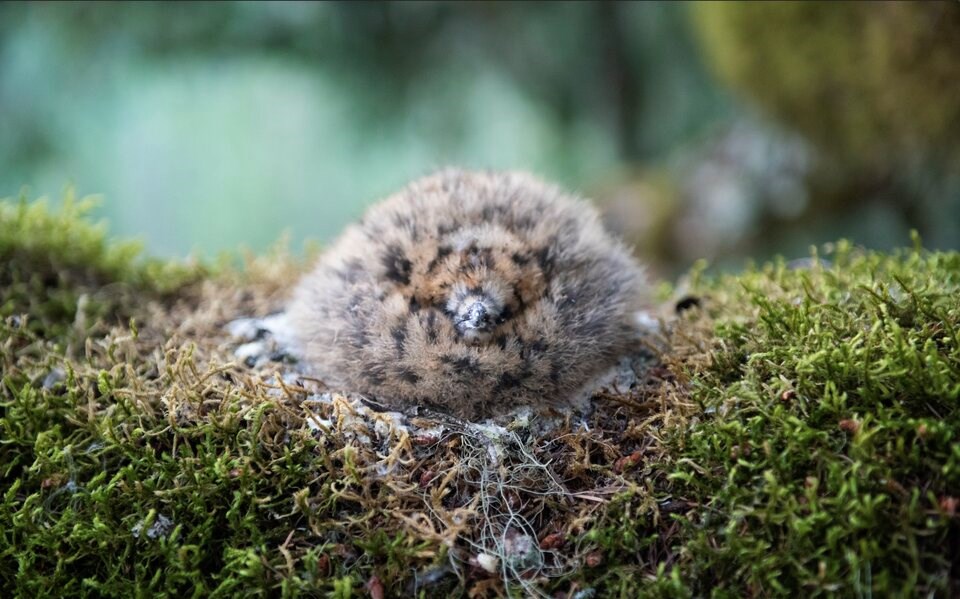Canada’s environment minister carried out his legal duty when he issued a protection order to safeguard the nests of 25 endangered and threatened bird species, government lawyers submitted in a Vancouver federal court Thursday.
In its second day, the case turns on whether Minister of Environment and Climate Change Steven Guilbeault met his legal duty under federal law to protect species at risk.
Sierra Club BC and the Wilderness Committee in 2022 on claims his order to protect the nests of the marbled murrelet — along with 24 other at-risk migratory birds — was “unlawful” and failed to go far enough to stem the decline of the species.
Department of Justice (DOJ) lawyer Andrea Gatti challenged the applicants’ argument that the minister is required to expand protection orders beyond nests, describing it as a “novel characterization” of species-at-risk law.
“It really changes nothing,” Gatti told the court.
The two environmental groups had previously that because the nests are hidden — up to 50 metres high in dense old-growth trees in the case of marbled murrelets — it is impossible to protect the species nest by nest. Instead, they said, swaths of forest and other habitat should be protected to allow the birds to nest, reproduce, and ultimately, recover from their long decline.
As few as 357,900 marbled murrelets are left, including an estimated 99,100 in B.C., where the species has lost 22 per cent of its habitat over three generations, according to the Committee on the Status of Endangered Wildlife in Canada (COSEWIC).
The seabird, whose status triggered the case, is threatened by oil contamination, entanglement in gill nets when foraging at sea, and unpredictable ocean temperature swings due to climate change, according to an updated recovery strategy released in 2023.
But a loss of nesting habitat in old-growth forests due to logging remains the “principal threat” facing the marbled murrelet, says COSEWIC.
In fact, habitat loss is the primary reason 23 of the under consideration are in decline, according to federal recovery plans.
“The only way to protect nesting habitat for migratory bird species is to protect the area of the forest where they're likely to nest,” said Sean Nixon, a lawyer representing the two groups, outside court Wednesday.

Defending the minister’s decision, Gatti leaned on different definitions of “critical habitat” under modern laws and its complete absence in historic treaties known as “empire treaty provisions,” old laws on the books before Canada gained its full independence from the British Empire.
In the case of migratory birds, those laws date back to 1916, when on behalf of Canada, Great Britain entered into the Migratory Bird Treaty with the United States — the first international agreement to protect wild birds, and indeed, any wildlife species.
“In 1916, the United States and Britain got together because birds were being slaughtered indiscriminately,” said Nixon.
“The [Canadian] government has always been pretty hands-off about that power… they want to interpret it as narrow as possible.”
On Thursday, Gatti pushed back against that view. She said interpreting the old law was causing “all kinds of trouble” for the court because it did not define “habitat.”
“The Migratory Bird Act is not focused solely on the conservation of birds and their nests. It also has a population control emphases on it, which I’ll translate to hunting,” said Arnav Patel, another lawyer with the Department of Justice.
“It makes a particular reference to their nests — not their habitat, not their critical habitat.”
Hunting. Conservation. And nests. Those were the three points Patel returned to in the old law. Or put another way, he said, the statute is trying to balance conservation with hunting.
“Perhaps it’s not what the applicants would have wanted. Perhaps it’s not what the court would have wanted,” said Patel. But given the “competing values” in the language of the law, a “narrow interpretation” focusing on nests is “reasonable,” submitted the lawyer.
Another prong of the government’s argument focused on the division of powers between the federal government and provinces. Beyond a protection order, Patel said there are “a series of tools” available to the minister to safeguard critical habitat, but that they require different levels of consultation with provinces and First Nations.
Gatti, meanwhile, also cited previous court decisions as evidence that focusing on protecting nests is a “reasonable interpretation” of legal precedent.
The DOJ lawyer said: “there’s no grounds for judicial intervention.”





